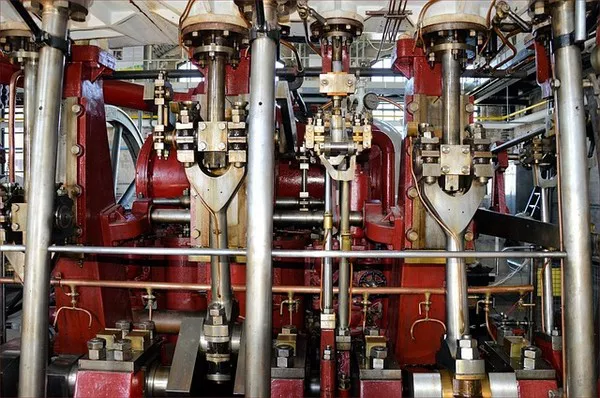In a groundbreaking achievement for the field of quantum computing, researchers have developed a protocol that facilitates the comparison of quantum processes across diverse quantum computers. Remarkably, this protocol eliminates the need for quantum links or ancillary qubits, making it feasible to compare quantum devices from different laboratories and companies.
Experimental Validation of the Protocol
The practicality of the protocol was validated through an experimental comparison involving five IBM quantum devices and Baidu’s Qianshi quantum computer, all accessed through cloud services. The results of the experiments underscored the accuracy of the protocol in comparing quantum processes. Notably, the protocol exhibits exponential scalability with base 2 concerning the number of qubits, in contrast to full quantum process tomography, which scales with an exponent of base 4.26.
Key Concepts and Tools
As part of the randomized measurement toolbox, the protocol utilizes the concept of max fidelity, a measure indicating the proximity between quantum states. Max fidelity between quantum processes is defined using the Choi Jamiołkowski isomorphism, representing quantum processes as quantum states in a larger Hilbert space.
Significance and Applications
The ability to cross-platform compare quantum computers is crucial for benchmarking and understanding the impact of quantum noise. Additionally, the protocol allows the estimation of the purity of quantum processes. Experiments conducted on IBM and Baidu quantum computers demonstrated the reliability of the protocol in comparing specific quantum gates. Numerical analysis further confirmed the scalability and efficiency of the protocol, with experiments facilitated by the Quantum Error Processing toolkit on the Baidu Quantum Platform.
Beyond quantum computers, the protocol’s applications extend to a feed-forward artificial neural network (FFNN) architecture. This architecture is employed for performing tomography of quantum states and processes derived from noisy experimental data, showcasing the versatility and broader implications of the developed protocol.

